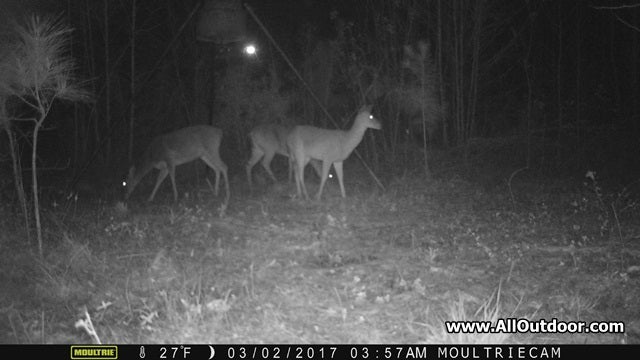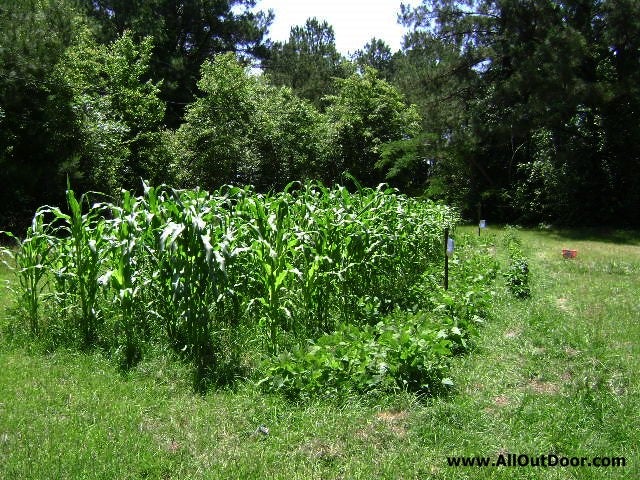How to Survive SHTF Described in Three Words
Kevin Felts 07.27.18

When people start looking into how to survive a SHTF event, one of the first routes they usually take is stockpiling. They may stockpile canned foods, dried food in mylar bags, and Mountain House #10 cans.
The bad news: stockpiling is a dead end road. If the SHTF event lasts long enough, eventually those food items will run out. After people realize stockpiling is a good start, but will not be able to sustain their family for the long run, preppers look for others ways to survive SHTF.
The next step after stockpiling is to develop renewable resources – such as chickens, a garden, fruit trees. Or to find renewable resources, such as fishing locations in remote ponds, sloughs or bayous.
However, with mismanagement even renewable resources will and can fail.
The three words we are looking for are:
- Managing
- Renewable
- Resources
Wild Turkey and Whitetail Deer Example
When Hernando de Soto and his explorers traveled through East Texas, they wrote about wild turkey flocks that stretched for miles. Some of the flocks probably numbered in the thousands. This was in 1541-1542.
Between the late 1800s and 1930s, an estimated 85 million acres of Longleaf pine trees were clear cut. Clear cutting was so efficient, the Longleaf pine has been considered endangered for decades.
By the 1930s-1940s the East Texas turkey was extinct. This was a result of habitat destruction with timber companies clear cutting millions of acres of old growth Longleaf and Loblolly pine trees, and excessive hunting.
The same thing happened to the whitetail deer. When old timers talk about when they were young (around the 1940s), many say it was rare to see a deer in Southeast Texas. Eventually the deer populations became reestablished, but decades after the Great Depression ended and hunting was regulated.
When settlers traveled east through the old growth forest of the southern part of the United States, the forest and the wildlife were considered limitless. In a few short decades the only thing left were millions of acres of rotting trees stumps. The trees were gone, and so was the wildlife.
That is what happens when people mismanage renewable resources.
Managing Gardens and Livestock
For the sake of discussion let’s say some kind of SHTF even happens, such as a replay of the Black Death in 1340-1350s. Chances are people will be planting gardens and relaying on their livestock for food.
Planting certain types of crops close together may result in hybrid seeds. The seeds may produce the second year, but may not produce the third year. Managing a survival garden after SHTF is more than just planting. For example, peppers will cross pollinate, and members of the melon family – squash and zucchini – can cross pollinate.
What kind of crops use the same nutrients and grow well together? For example, corn needs a lot of nitrogen, while okra does not.
When butchering chickens, which chickens should be butchered first? After a hen reaches two or three years old her egg production slows down. A hen that is six years old will lay less eggs than a two year old hen.
Which chicken breeds lay the most eggs? For example, the Buff Orpington will lay less eggs than an Australorp.
Final Thoughts

One of the problems with managing renewable resources is taking the time to research, learn, and educate yourself. How many people want to research companion crops, crop rotation, or develop wildlife habitat in rural areas?
Then again, how much time does the reader want to dedicate to ensuring your families survival?
The question is not “if” humanity will face another Black Death event where 1/3 of the population dies, the real question is when.

